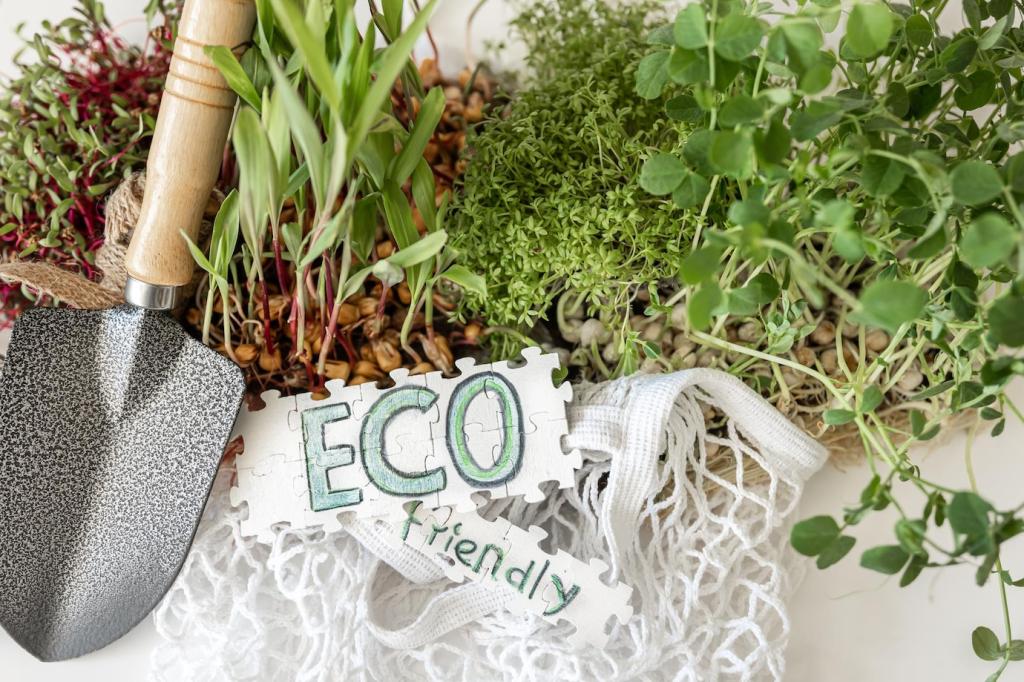Traditional Joints and Structural Fixes Without Harsh Adhesives
Where possible, re-seat mortise-and-tenon joints after cleaning out old debris. Strategic clamping and patient alignment often restore original strength without flooding joints with aggressive modern compounds.
Traditional Joints and Structural Fixes Without Harsh Adhesives
Hot hide glue, rice paste, or casein-based options offer strong bonds and future repairability. They align with heritage methods, avoid harsh fumes, and make future restorers quietly grateful for your choices.








